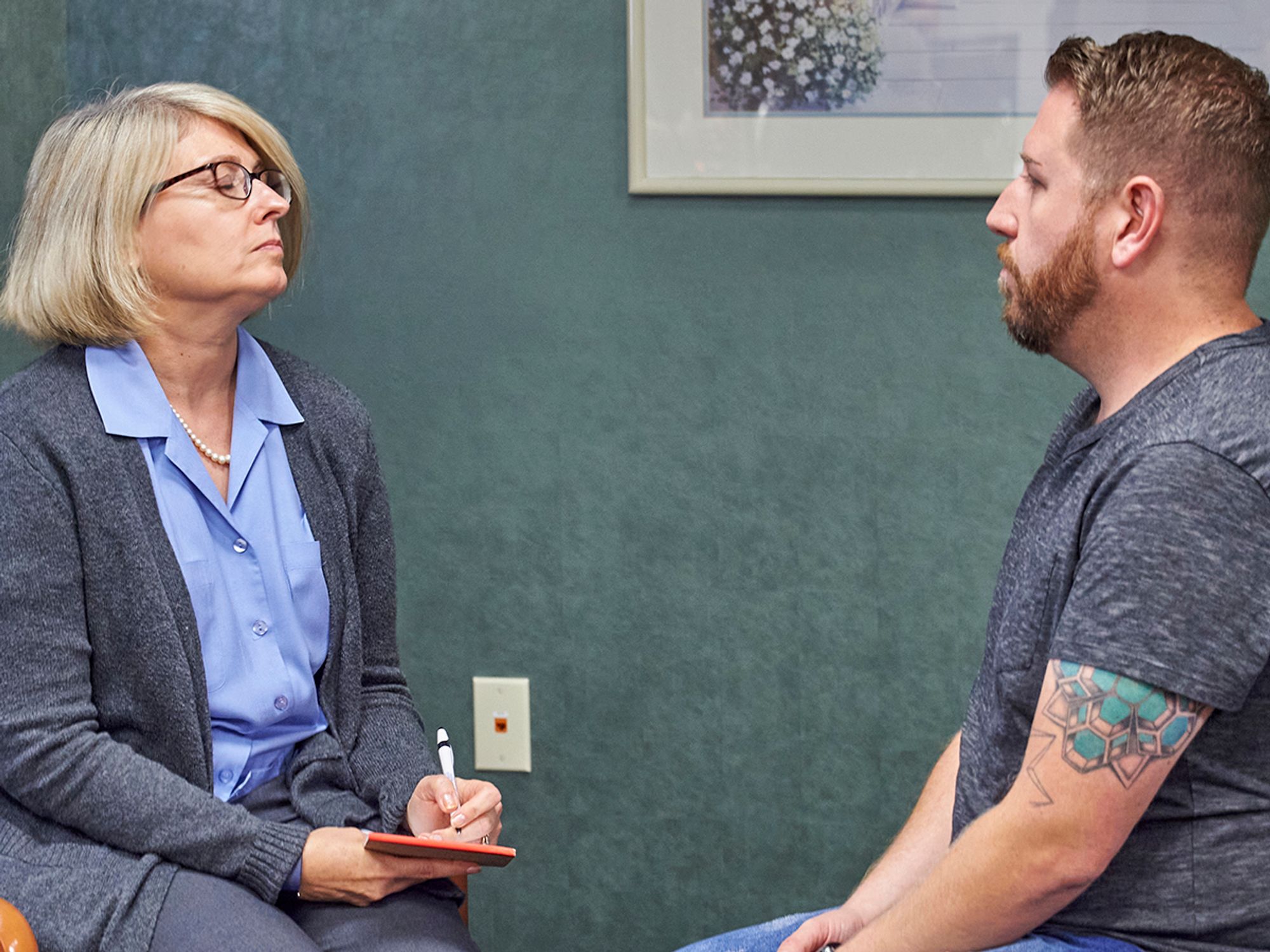DER as contact person

- The DER has a critical role in DOT drug and alcohol program management.
The focal point of any effective DOT drug and alcohol testing program is its designated employer representative (DER).
The following details the roles and responsibilities the DER has, and as you will discover, this motor carrier employee has a lot of responsibility to ensure the letter of the law is carried out.
What are the requirements to be DER?
The DER is a point of contact for both questions and problems that occur during DOT drug and alcohol testing. The regulations are very clear that a service provider cannot take on this role. It must be an employee of the motor carrier. But it should be noted that a consortium/third-party administrator (C/TPA) may receive test results from the medical review officer (MRO) if contracted to do so, so long as the MRO is aware of this relationship. But only the DER may take action to remove the driver from a safety-sensitive function or direct a driver for a mandatory retest.
Roles & responsibilities with service providers
The following is a quick overview of the duties assigned to a company’s DER.
The DER interacts with a variety of service providers:
- C/TPAs, if contracted to conduct a random draw, will send the confidential list to someone at the carrier, often the DER. If the C/TPA has been given the ability to receive results from the MRO, test results are forwarded from the C/TPA to the DER.
- Collection sites will contact the DER in the event there is a problem at the collection site such as the driver showing up late or not at all, an insufficient amount of specimen, etc. The collection site is provided with the name and phone number of the DER.
- Alcohol testing sites must immediately notify the DER of any alcohol confirmation test result of 0.02 or greater. They are not permitted to transmit these results through C/TPAs or other service agents.
- MROs will contact the DER with drug test results.
- C/TPAs, if acting as an intermediary, will contact the DER with drug and alcohol testing information when permitted (see Appendix H to Part 40).
- Labs will not dialogue with the DER. Only the MRO will learn of results or problems of incoming specimens.
- MROs will contact the DER in the event the driver needs a recollection under direct observation. The MRO will also discreetly contact the DER during the verification process if the MRO cannot personally reach the driver. The DER then tries to contact the driver to relay the message to contact the MRO directly. To ensure privacy, no details are given to the DER by the MRO about why the MRO is contacting the driver.
- SAPs will send their reports to the DER after a driver has completed the evaluations and treatment after a DOT drug and/or alcohol violation. The DER is given the go-ahead to send a driver for a DOT return-to-duty test and instructed on the follow-up test schedule.
Interacting with drivers
The DER has the job of tactfully interacting with the drivers. The job of DER requires complete confidentiality.
The DER may, but not necessarily, be the party who notifies the driver of a required test. But the DER will be the party who will receive the call if the driver does not show up or experiences other problems in testing. The DER also receives test results and other communications for the employer from the MRO (or C/TPA if designated to be the go-between). When the driver is subject to a mandatory recollection under direct observation, it is the DER who receives the call directly from the MRO.
When a driver violates the prohibitions in Subpart B of Part 382, the driver needs to be removed from the safety-sensitive function. This is the DER’s responsibility. This may involve contacting a location manager or immediate supervisor of the driver depending on the nature of the organization and the DER’s relationship to the driver. In other instances, the DER communicates directly with the driver.
